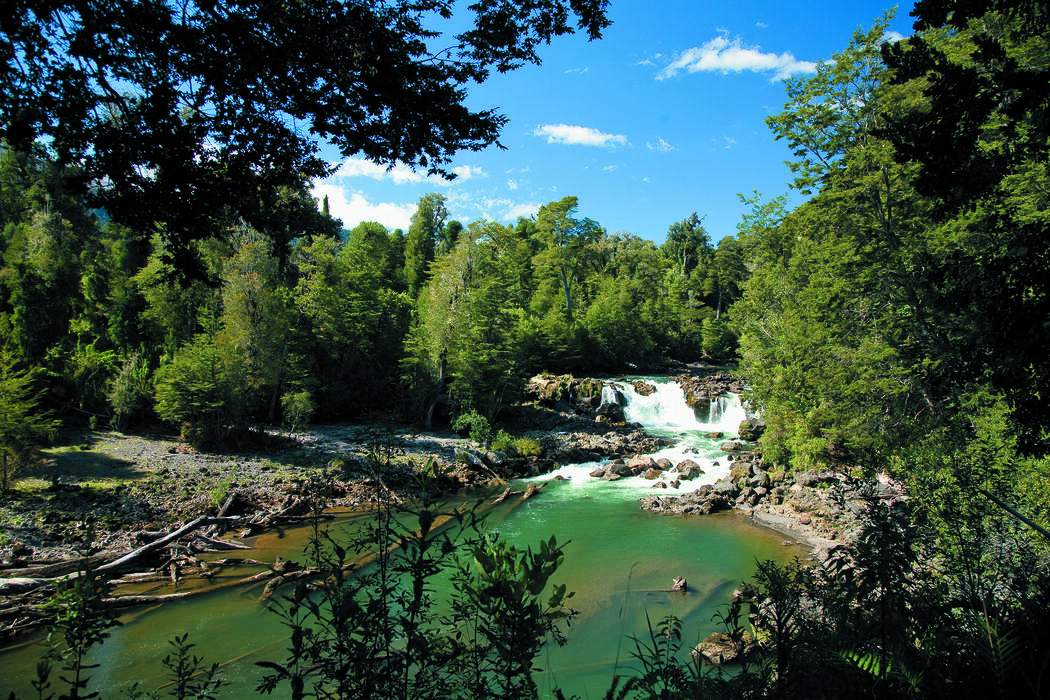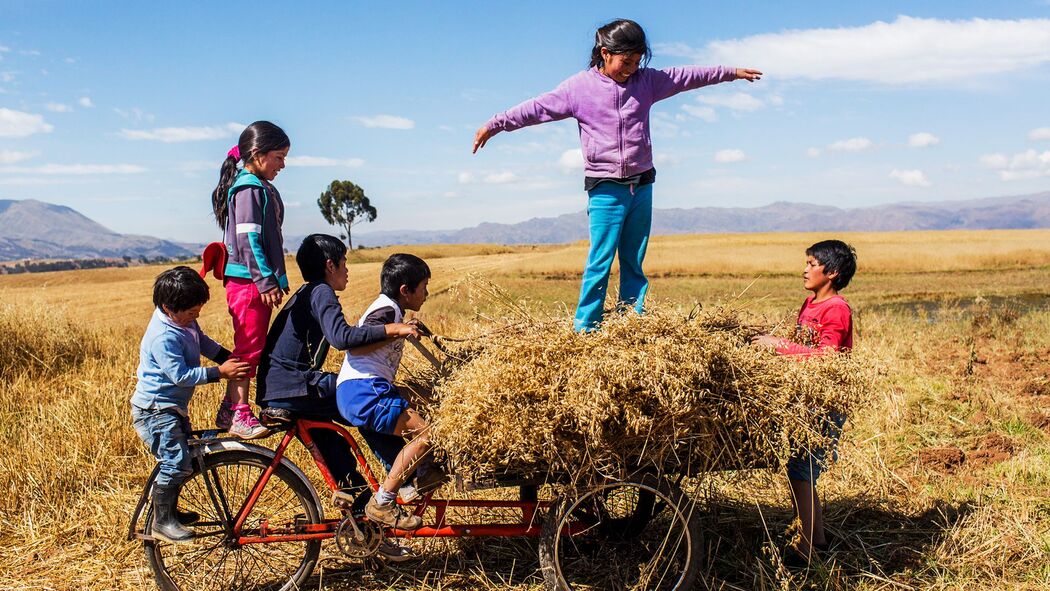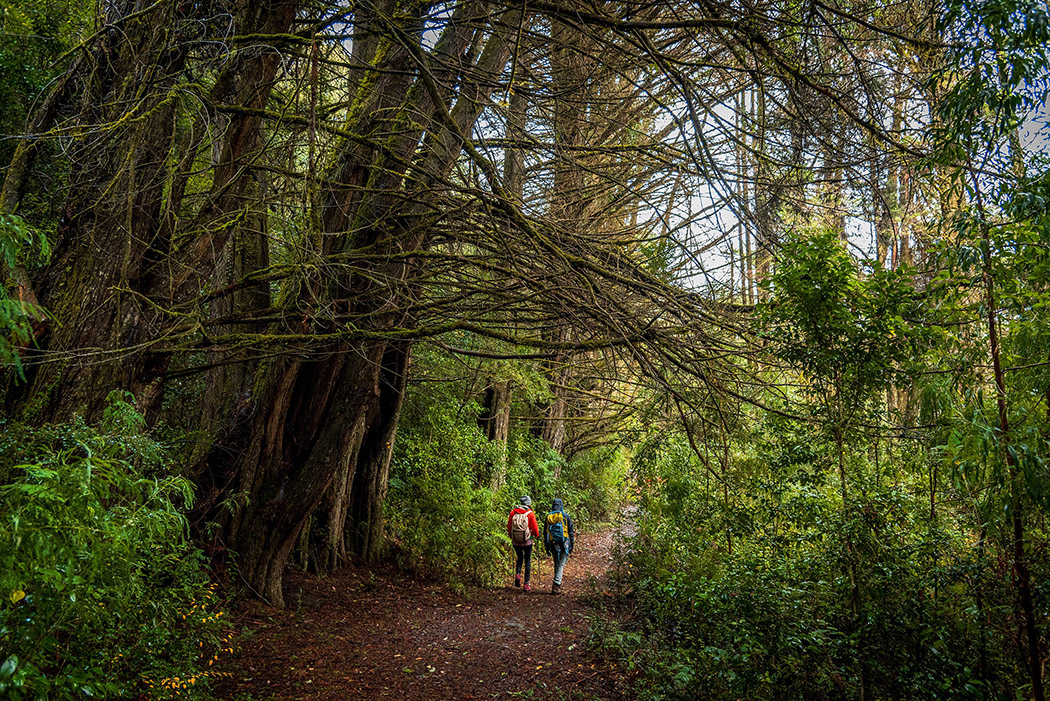This month the REMOTE team spoke with the world’s most Cuban Irishman, direct from downtown Havana. With the perspective of a passionate foreigner, Johnny Considine generously teaches us why designing experiences in Cuba is significantly different in a communist country. REMOTE’s values like social impact and wellness are translated to this unique destination by our Local Expert, CEO at Cuba Private Travel and Wild Cuba .
-
Does being Irish give you a privileged perspective of Cuba?
I first came here in 1988, after reading a book called Falling Off the Map: Some Lonely Places of the World
Those were the countries that attracted me in that stage of my life. In 2002, I had the opportunity to come and work here and I grew to love it more and more. It’s been 20 years now. This is the place that fits me best and it’s difficult to explain why because it is indeed so different from any other part of the world. So at odds with the rest of the word. Cuba is frozen in time and it’s preserved in many aspects that we have lost in other parts of the world, such as community, spending time with each other. “People work to live rather than work to live.” This is a common saying in Cuba.
Being a foreigner brings this to the mix. In the high-end travel industry, quite often, I see things that Cubans would not necessarily see as being interesting to travelers. Remember that most Cubans don’t get the opportunity to travel so they really don’t have the experience to know what people coming from developed countries in Europe, America and the Middle East want from travel. So with a lot of the experiences in the countryside, like spending time with a rural family, many locals would think, “why would anyone want to spend time with us when they could be at any luxury location in the world?” So this is one of the things I see differently, being a foreigner.
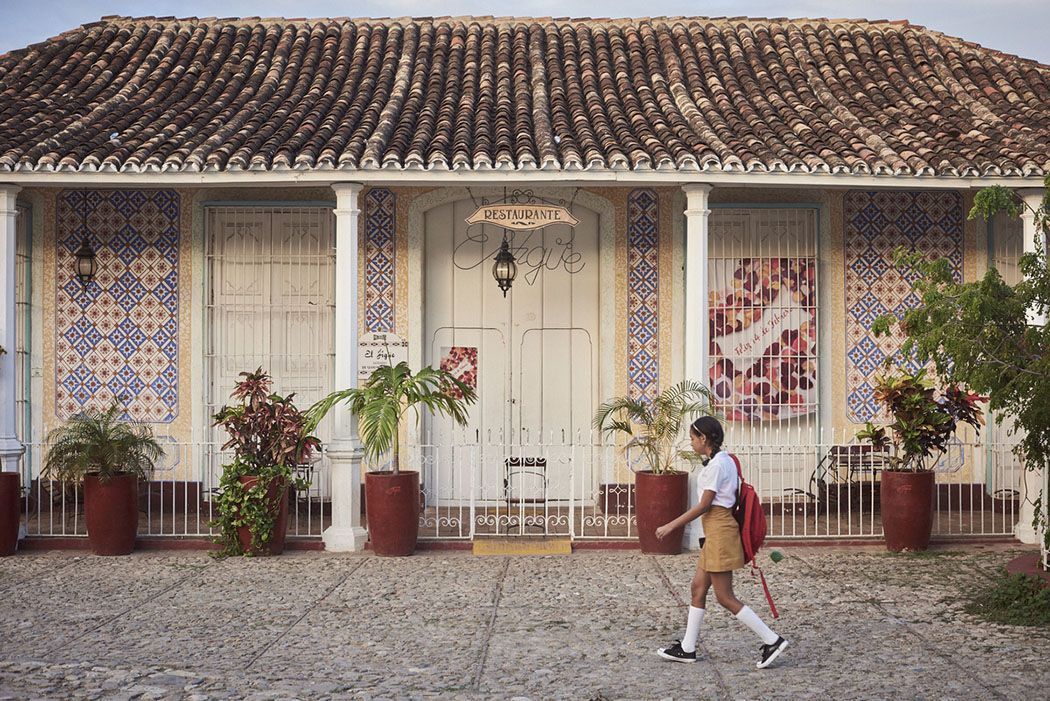
-
As you said on your website: Cuba is known for its salsa, cocktails and colonial cities. Cuba’s green credentials have taken a back seat.” Why are people obsessed with Havana and how do you inspire them to explore the countryside?
Cuba’s tourism has been very focused on cocktails and Havana. For one thing, the publicity campaigns from the Cuban tourism force. Also, Fidel very much wanted to create specific zones to keep the population separate from the tourists, which did not last long, as he himself knew it wouldn’t. But, besides that, there is a whole country 1000 kilometers long which we strongly encourage people to explore.
The other reason why it is not easy to get people away from the cocktails in Havana is because the infrastructure in other parts is not great. There aren’t many flights to other parts of the island.
So the solution that we as a company offer people when designing more off-the-beaten-path experiences is to encourage them to fly to different parts of the island and drive to other spots on a road trip all the way back to Havana. You can fly to Santiago or Caya Coco, for example.
The most important thing is planning and getting people to the right places on the island.
The other solution is to expand the products offered. We are probably the first ones to offer things like camping in the mountains of Sierra Maestra or working with millennials who want to explore the island with a jeep and a good contact in the office to tell them what to do and where to go. And, last but not least, having good providers is key to being able to take people into the wild in Cuba.
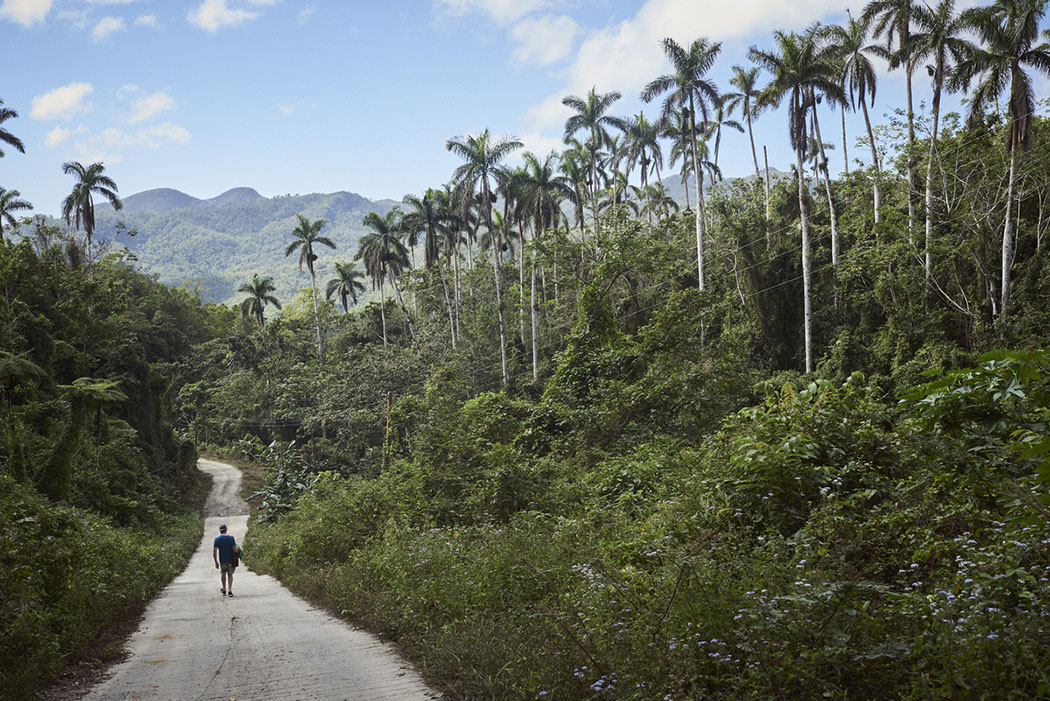
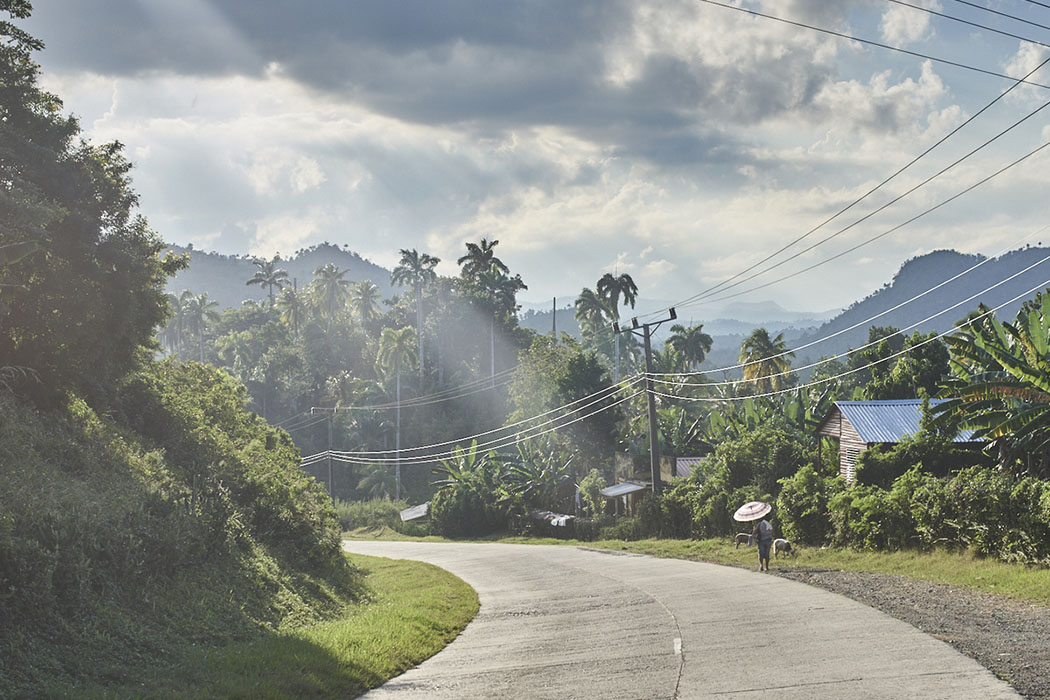
-
At REMOTE, nature is always the highlight, but how does your dedicated niche company Wild Cuba get travelers to be open to agrotourism experiences such as staying in the eco-community, picking coffee beans and dining with community members on their own farm-grown produce.
Moving away from cultural itineraries and pushing people to venture into the countryside is a challenge we love. Since we made the commitment a few years ago to provide different experiences it’s been amazing to see the positive results and feedback from travelers.
One example is a group of people who went camping and trekking in the mountains of Escambray and found this incredible small community of six or seven people. We managed to arrange for them to spend some truly authentic time with these locals, learning to roast coffee and participate in the harvest. It was really unique. This also benefited them financially. Later on, we went there and bought a fridge. We helped with the transportation. They were waiting for many years for this refrigerator to come. So since we started to commit to this type of project we found countless small projects. You just need to know where to look and how to look and how to set them up. We can benefit communities as well.
But also it’s important not to over do it. For example, we’re not going to send tourists there every week, because we don’t want to destroy the current lifestyle and what was there before.
These are country people who are not used to tourists at all. They just happen to set up a cooperative for their activities and invite us in to buy food, to help with the harvest, to volunteer, to participate and, as a result, you end up experiencing an intact community.
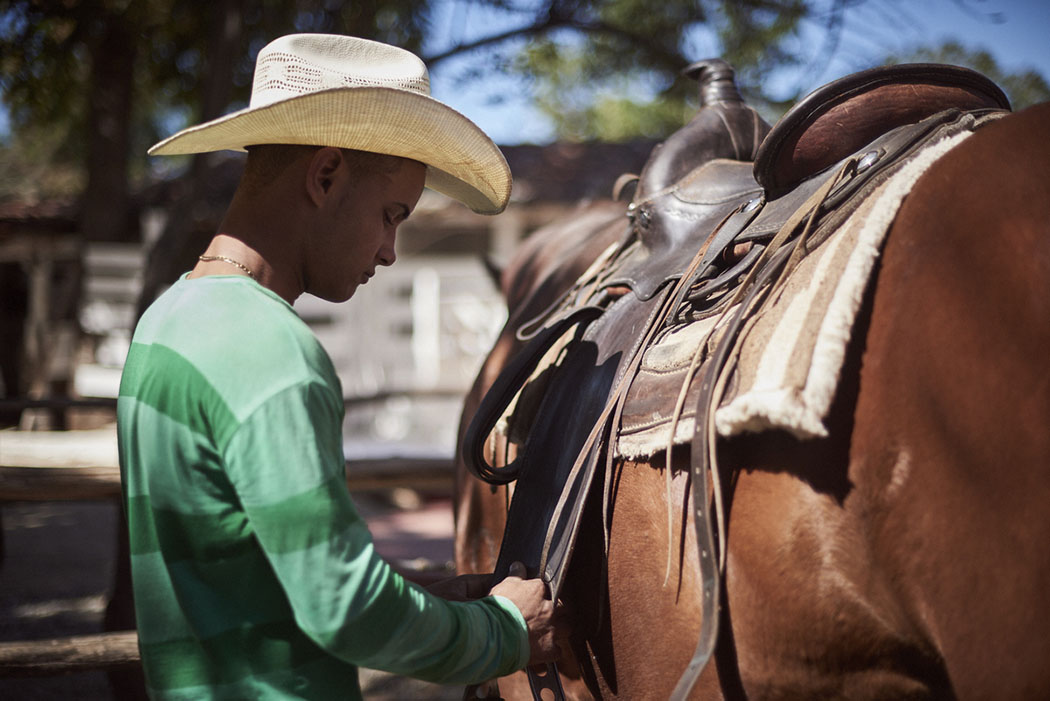
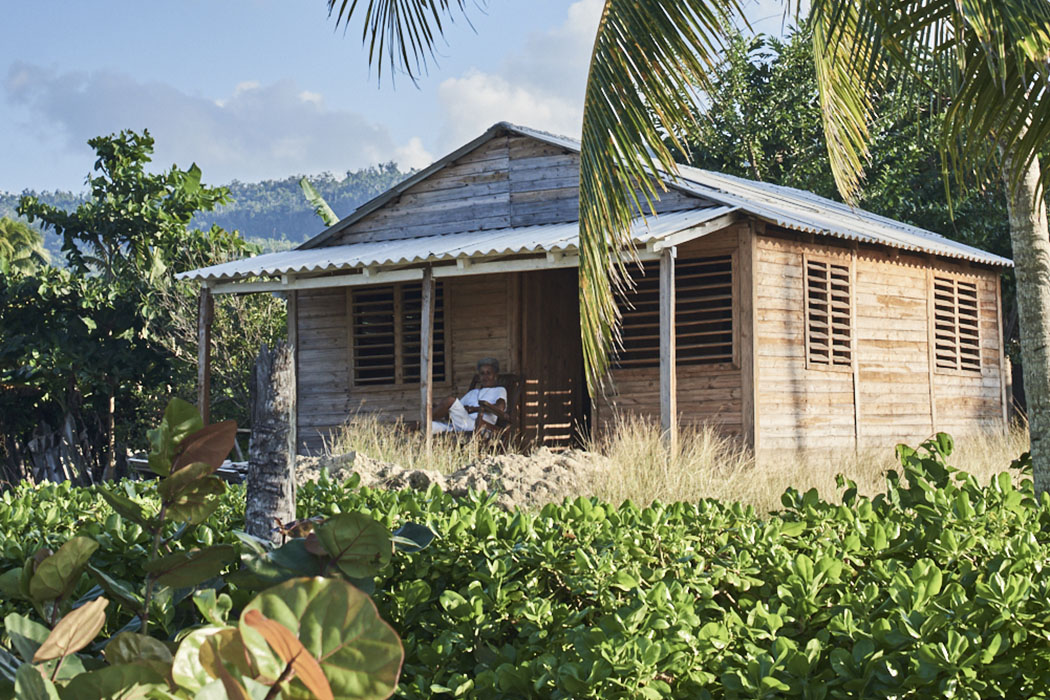
-
How do you work with isolated communities and generate social impact in a communist country?
We’re seeing people now looking to volunteer, to donate and to help communities in all sorts of ways. One of the many ways that Cuba is radically different is that the government already has that safety net. Here, you don’t see people sleeping in the streets and you don’t see abject poverty in the same way you see it in other parts of the world. So we have to be careful in how we approach such topics here. So we work with established NGOs here too. There are not many, but we do have a few. For example, one of the projects that we are heavily involved with is a French NGO called Care and they’re involved in removing plastics. As you know, Cuba was a packaging free country four or five years ago and now we’re beginning to see people shifting from glass packaging to plastic. So we actually bring in travelers who want to volunteer with them to clean up the plastics and we encourage the local communities to do the same, because they aren’t as informed about it. So there are some projects that you can get involved in, but, as I said, most of the work is done by the Cuban government and the NGOs so we work closely and directly with them in an official way.
-
Wellness is considered to be part of public health and alternative health. What is wellness like in Cuba and how do you work with that niche?
Wellness is different in Cuba too. We work with some excellent spas, Kempinski Hotel, for example, but it’s not really a thing in a poor country, as you can imagine. But what’s interesting about Cuba is that alternative health and wellness is just part of everyday life. For example, Fidel organized Tai Chi and Chi Gong classes everyday at 6 AM, for free of course. Often you’ll see people doing Tai Chi in the public squares. So there is something going on, community-based wellness, and it’s really fun for visitors to come and participate in those classes. It’s actually very easy to participate and we organize that too, all the time. So it’s a different kind of wellness. It’s related to a slower pace of life and plenty of salsa dancing. Here, dancing is considered one of the best wellness practices there is.
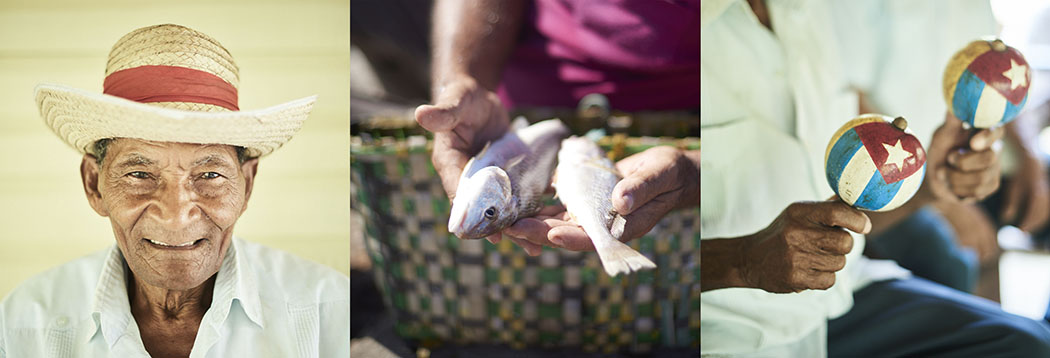
-
How do you take advantage of Cuban cuisine being multi-layered and use that in your programs?
It has a bad reputation because this is always the dominant narrative you get from the internet. People are really surprised when they get here. The food isn’t spicy (as everyone expects it to be) from the havanera peppers. Because we’re so close to Mexico, but it actually isn’t.
A pleasant surprise about the cooking here is that it’s derived from Spanish food, which is not spicy at all.
So it’s not loaded with peppers or hot sauce and it’s very, very healthy food. Remember, we don’t use fertilizers and all the food here is locally grown and organic.
What we try to do is to get people out to the farms for a “farm to fork” experience. We also encourage them to eat in the homes of local Cuban people. You go there, visit with the family and you eat what they eat. The food here is absolutely delicious: organic pork, fresh seafood, etc. It’s part of everyday life, not a speciality, because it’s everywhere you go.
Watch the full interview:
